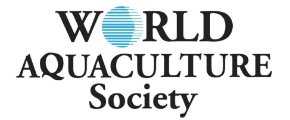NEW FRONTIERS FOR ECONOMIC GROWTH - SPOTLIGHT ON NIGERIA AQUACULTURE INDUSTRY
Aquaculture is widely recognised and promoted as a source of income, employment and food supply hence its potential as a tool for development in developing nations including Nigeria. A mapping study of operators in Lagos and Ogun States aquaculture industry was conducted. A total of 5,103 operators (hatchers and farmers) were enumerated and characterised. The industry was dominated by African catfish production, mainly operated by male (81.6% and 92.3% in Lagos and Ogun States respectively). Catfish table-size operation was the main engagement (53.8% and 48.4% in Lagos and Ogun States respectively) in the industry, followed by hatchery operation (20.7% and 35.11% in Lagos and Ogun States respectively) with few operators engaged in enterprise mix. Borehole and river/ stream are the main sources of water for operations. Large proportion of the farmers utilised feed from more than a source (imported and locally-produced) for production. Operations are mainly financed from personal savings (88.27% and 85.5% in Lagos and Ogun States respectively). Cost of feed was the largest recurrent production cost accounting for more than 60% in table-size operation. The most common sales terms were cash on delivery. High cost of feed input and insufficient fund and/ or lack of access to fund are perceived to be the most severe constraints to aquaculture production. Therefore, to further tap the potential of the Nigeria aquaculture industry for economic growth, provision of funds and easy access to credit facilities as well as local production of affordable high quality feed requires urgent attention.













